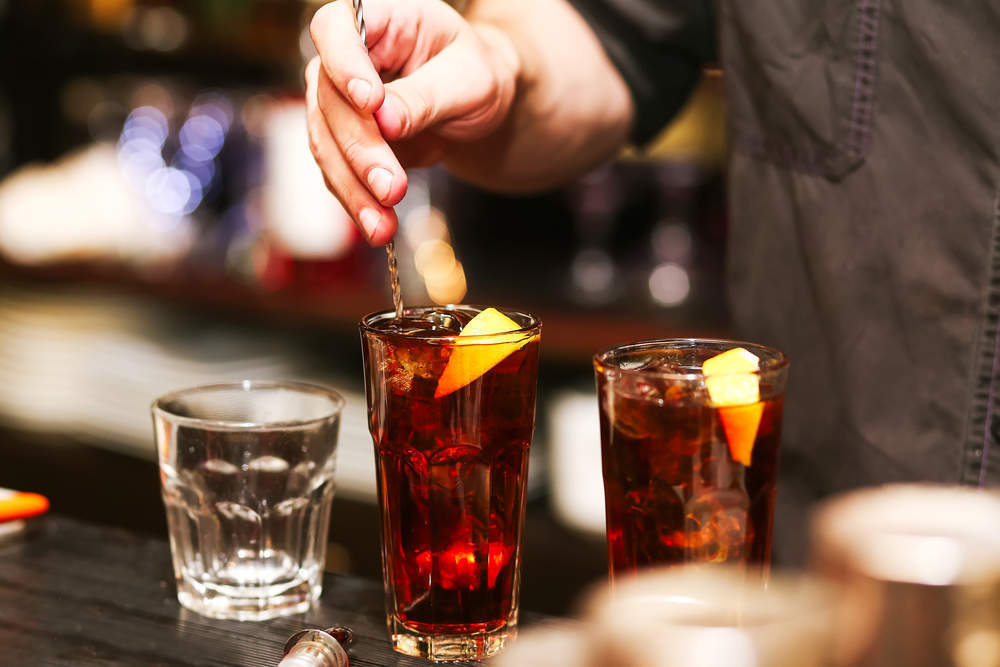
16 August marks National Rum Day, but you don’t have to be a pirate to enjoy it.
To celebrate, Verdict has rounded up some of the best, newest, and most interesting rums on the market to help you celebrate National Rum Day.

Access deeper industry intelligence
Experience unmatched clarity with a single platform that combines unique data, AI, and human expertise.
What is rum?
Of course, one of the most important things to know about National Rum Day is what rum actually is.
Just like juniper berries are the base of gin, grain and rye are the base of whiskies, and corn is the base of vodka, it’s sugarcane that forms the basis of rum.
The drink is often made with the by-products of sugar-making. These might include molasses, honeys, or even directly from sugarcane juice. This is then fermented and distilled. After it has been distilled the rum will be aged.
The barrel the rum is aged in will decide whether the rum is ‘light’ or ‘dark’. Light rum is usually aged in stainless steel or brand new oak barrels, making it either colourless or very light. On the other hand, dark rum is usually aged in charred oak bourbon casks which confer a darker colour on the rum.

US Tariffs are shifting - will you react or anticipate?
Don’t let policy changes catch you off guard. Stay proactive with real-time data and expert analysis.
By GlobalDataMost countries require the resulting alcohol to be aged for a full year before it is allowed to be called rum.
The history of rum:
The spirit is one of the most ancient in the world. It’s origins date back to at least the mid-14th Century. According to historian Maria Dembinska, in 1364, the King of Cyprus was in the habit of bringing rum to diplomatic meetings to share with other royal dignitaries.
However, the origins of rum may date back even further than that. The Malay people have made a similar drink (called brum) for thousands of years.
Of course, rum is mostly associated with the Caribbean. The first distillation of rum on record was from Barbados in the 17th Century. Slaves working on the sugar plantations realised that molasses, a byproduct of sugar manufacturing could be fermented into alcohol. Over time, the recipe became more and more refined. It grew popular among slaves and it wasn’t long before plantation owners took advantage of their slaves’ ingenuity to sell their product.
The drink became incredibly popular in North America to the point where some kinds of rum could even be used as currency. It also had a role as part of American political life. Politicians would give out rum at their addresses and whoever gave out the most was seen as the most generous.
After the British Royal Navy captured Jamaica, they had so much rum they started giving it to seaman as a daily ration. This continued right up until 1970. Because rum was so valuable, this ration made Royal Navy ships ripe for attack by pirates, hence the association between pirates and rum.
An expert’s guide to rum:
To learn a little more about rum, Verdict spoke to Brian Calleja, bar manager of the Bloomsbury Club Bar in London. He’s currently hosting the Diplomático Palm Terrace, focusing on rum cocktails.
He told us a little about rum, what to look out for when tasting it, and how to make some great cocktails with the stuff:
In addition, Brian also showed Verdict how to make a great rum and coke…
… and a wonderful Pina Colada to impress your friends:
Check out the next page for our guide to things to do for National Rum Day…







